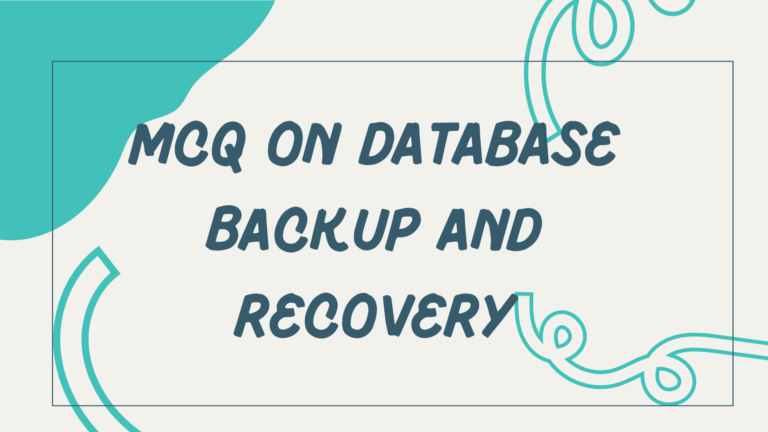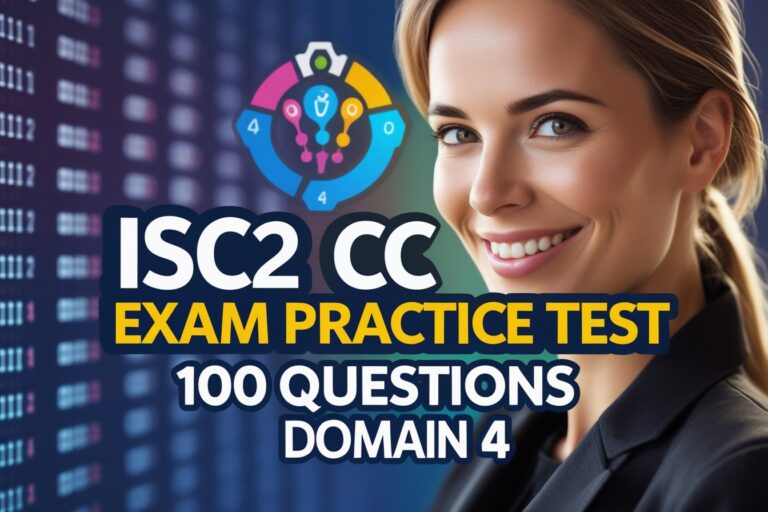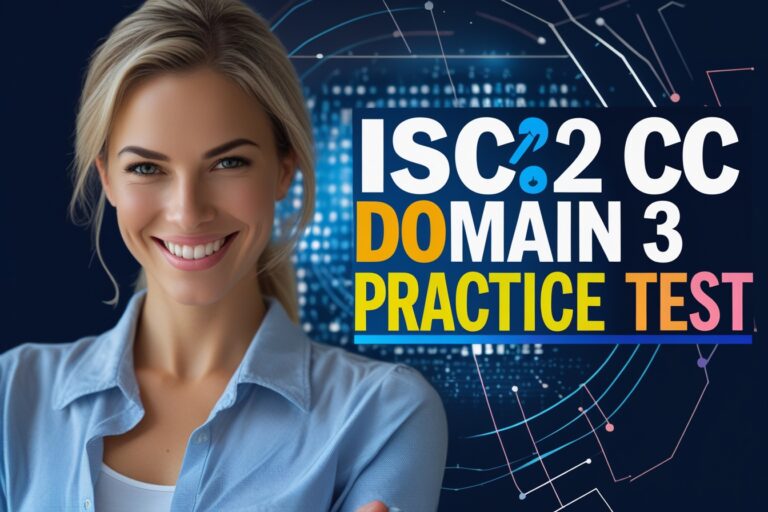1) Which of the following is not a recovery technique?
A. Deferred update
B. Immediate update
C. Two-phase commit
D. Recovery management
2) Checkpoints are a part of
A. Recovery measures
B. Security measures
C. Concurrency measures
D. Authorization measures
3) ……. deals with soft errors, such as power failures.
A. system recovery
B. media recovery
C. database recovery
D. failure recovery
4) ……….. is an essential part of any backup system.
A. Filter
B. Recovery
C. Security
D. Scalability
5) Media recovery deals with ………..
A. disk errors
B. hard errors
C. system errors
D. power failures
6) For a backup/restore system, …………. is a prerequisite for service in a enterprise.
A. Filter
B. Recovery
C. Security
D. Scalability
7) Failure recovery and media recovery fall under ……..
A. transaction recovery
B. database recovery
C. system recovery
D. value recovery
8) The ………. consists of the various applications and database that play a role in a backup and recovery strategy.
A. Recovery Manager environment
B. Recovery Manager suit
C. Recovery Manager file
D. Recovery Manager database
9) In which the database can be restored up to the last consistent state after the system failure?
A. Backup
B. Recovery
C. Both
D. None
10) A ……….. is a block of Recovery Manager(RMAN) job commands that is stored in the recovery catalog.
A. recovery procedure
B. recovery block
C. stored block
D. stored script
Read Also: MCQ on Distributed Database Transaction Management
11) In log-based recovery, the log is a sequence of ………
A. filter
B. records
C. blocks
D. numbers
12) The enrolling of a database in a recovery catalog is called ………
A. set up
B. registration
C. start up
D. enrollment
13) ………. is an alternative of log based recovery.
A. Disk recovery
B. Shadow paging
C. Dish shadowing
D. Crash recovery
14) Most backup and recovery commands in ……….. are executed by server sessions.
A. Backup Manager
B. Recovery Manager
C. Backup and Recovery Manager
D. Database Manager
15) …….. systems typically allow to replace failed disks without stopping access to the system.
A. RAM
B. RMAN
C. RAD
D. RAID
16) An ……… is an exact copy of a single data file, archived redo log file, or control file.
A. image copy
B. data file copy
C. copy log
D. control copy
17) ………. known as memory-style error correcting-code(ECC) organization, employs parity bits.
A. RAID level 1
B. RAID level 2
C. RAID level 3
D. RAID level 4
18) The remote backup site is sometimes called the ………. site.
A. primary
B. secondary
C. ternary
D. None of the above
19) EXP command is used ………..
A. to take Backup of the Oracle Database
B. to import data from the exported dump file
C. to create Rollback segments
D. to create a Schedule.
20) The simplest approach to introducing redundancy is to duplicate every disk is called …..
A. mirroring
B. imaging
C. copying
D. All of the above
Answers:
1) C. Two-phase commit
2) A. Recovery measures
3) D. failure recovery
4) C. Security
5) A. disk errors
6) D. Scalability
7) C. System recovery
8) A. Recovery Manager environment
9) B. Recovery
10) D. stored script
11) B. records
12) B. registration
13) B. Shadow paging
14) B. Recovery Manager
15) D. RAID
16) A. image copy
17) B. RAID level 2
18) B. Secondary
19) A. to take Backup of the Oracle Database
20) A. mirroring
Watch these MCQ Questions as a presentation Video:
Read Next: Solved MCQ of PL/SQL and Oracle set-1








2 Comments
where will i look for set 2???
give a link?
i visit the website but unable to find .
We will publish second set of multiple choice question on Database Backup and Recovery soon.
You can read all of the MCQ questions related to DBMS at https://siteforinfotech.com/p/dbms-mcq-sets.html